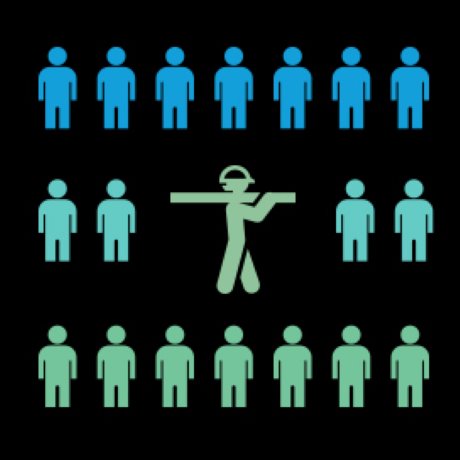An occupational health and safety (OHS) researcher has released an academic study on the concept of risk of harm, which supports several key recommendations made by Tony Dean in his review of the Ontario College of Trades (OCOT).
"Tony Dean in his review of November 2015 states quite clearly that the phrase risk of harm will be either number one or number two for the criteria used to determine whether or not a trade should be deemed compulsory or not," said Gavan Howe, associate professor at Humber College and the University of Guelph Humber. "And, that same phrase, risk of harm, will apply to whether or not apprenticeship ratios are changed."
Howe recently released a study entitled 1,159 Years on the Tools: What Risk of Harm Means to Experts, which included interviews with 47 skilled trade experts in the electrical and pipe trades to determine what risk of harm means to them. The skilled trade experts had a total of 1,159 years of experience on the tools.
The study found the prominent definition of risk of harm currently pertains to substance abuse and deals with unhealthy individuals, as well as abuse towards children. There is no academic literature available on risk of harm in the fields of occupational health and safety, organizational development and risk management.
This means there is no working definition for what risk of harm means to healthy, well-adjusted and highly trained apprentices, journeymen, trainers and contractors employed in the electrical trades and in the plumbing, pipe, steam, heating, ventilation, air-conditioning and refrigeration trades in Canada and the U.S., the report notes.
"The number one finding of the study was the greatest concern that these experts have on the job site today is the work that has gone before them," said Howe. "This is the first time I have seen such a prominent mention over shoddy workmanship."
The 47 skilled trade experts identified more than 200 situations or conditions of risk that can lead to harm for them, apprentices, other trade workers, the public, property and equipment.
One of the most prominent risks of harm mentioned by participants in 72 written comments was the risk of harm caused by workers who are unskilled, uninformed, untrained, uneducated, a non-expert and uncertified in pipe and electrical trades.
Participants also noted the dangers and risk from this type of work can lie dormant for years, or they can kill and injure the public and other workers at any time.
Howe’s study has made a contribution and helped to fill a gap in academic literature by providing a more concise definition of risk of harm. However, it is not clear how risk of harm will be regulated by OCOT and the Ontario Ministry of Labour when changes are made to the apprenticeship and skilled trades system.
The Ontario government released a report by Tony Dean entitled Supporting a Strong and Sustainable Ontario College of Trades on Nov. 20, 2015.
The government has made a commitment to implement Dean’s recommendations, which address concerns in critical areas including journeyperson-to-apprentice ratios and compulsory certification.
For example, Dean recommends that OCOT establish new criteria for a review of journeyperson-to-apprentice ratios, which include:
quality of on-the-job training, the impact of journeyperson-to-apprentice ratios on the training and performance of the apprenticeship and certification in the trade
the potential for risk of harm for an apprentice and others
the demographic and labour-market information for the trade, including the age and availability of journeypersons, the number of prospective and registered apprentices and the rate of apprenticeship completions and certification
the economic impact, including the impact on consumers, employers, apprentices, tradespeople, training institutions and government
the demand for skilled trades in different regional/geographic areas of the province and any trade-sector realities
Review panels would evaluate submissions against these criteria to decide the appropriate ratio for a trade.
Dean also set out the criteria for review panel decisions about compulsory certification, making it clear that the key factor for the classification or reclassification of a trade as voluntary or compulsory is risk of harm to one or more of the individuals working in the trade, other workers on the job and the public.
OCOT was established in 2009 by the Ontario College of Trades and Apprenticeship Act. Its mandate is to regulate and promote the practice of skilled trades in four sectors of Ontario’s economy — construction, industrial, motive power and service.



Recent Comments
comments for this post are closed